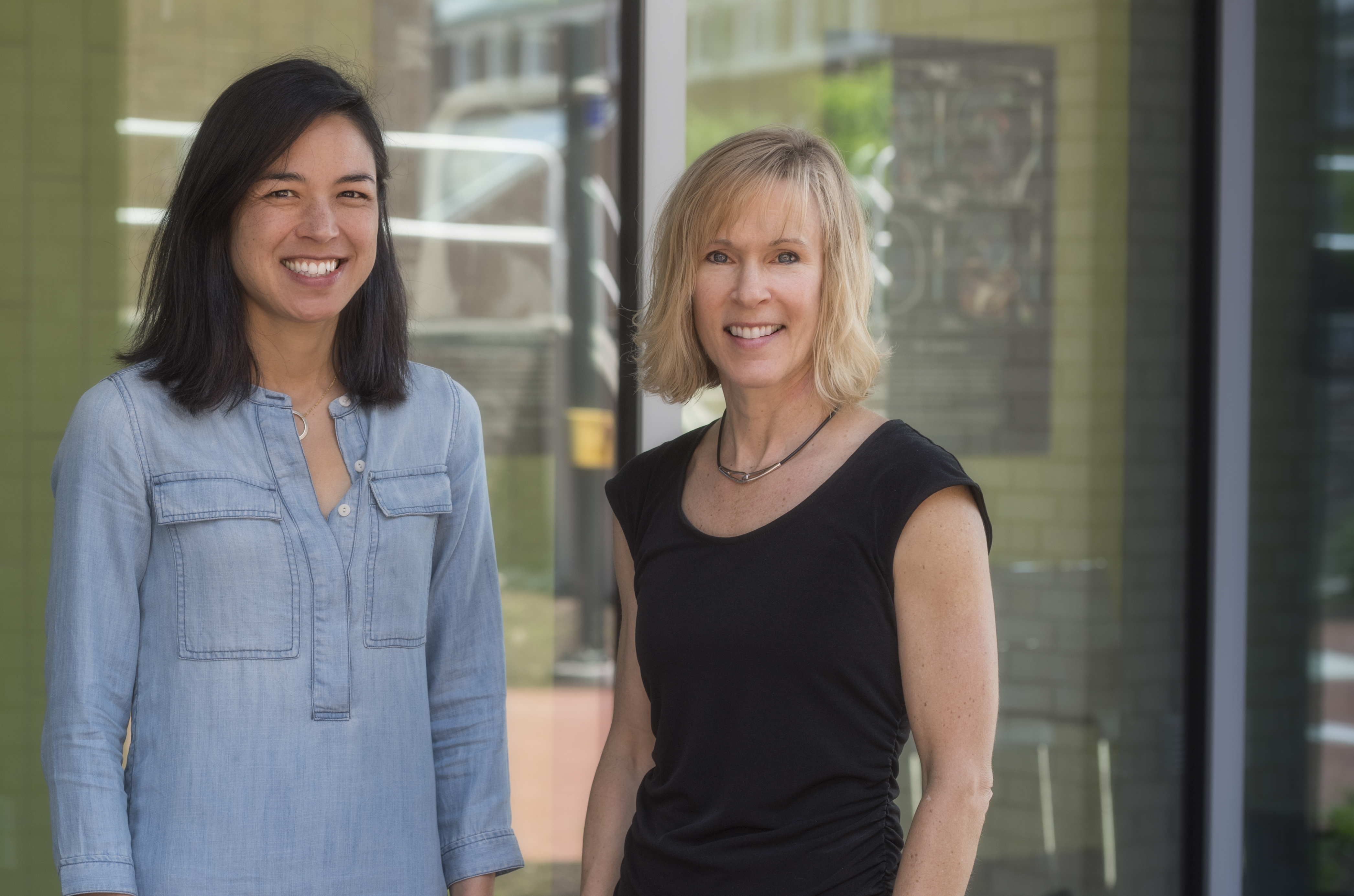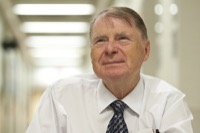
Franklin Laureate Symposium
Event at UD honors Daniel Kleppner, MIT pioneer in physics
1:59 p.m., April 16, 2014--The University of Delaware will honor Daniel Kleppner, recipient of the 2014 Benjamin Franklin Medal in Physics, with a special symposium on Wednesday, April 23.
“Investigations of Novel Quantum Phenomena with Atoms and Photons” will be held from 2-4:50 p.m. in the Trabant University Center Theatre. The event is free and open to the public.
Research Stories
Chronic wounds
Prof. Heck's legacy
The talks will be accessible to non-physicists, which makes this symposium an excellent opportunity for the general public to learn about some the most important recent developments in physics from people responsible for this progress.
Kleppner, the Lester Wolfe Professor of Physics, Emeritus, at the Massachusetts Institute of Technology, is widely regarded as having made or stimulated some of the most intriguing discoveries concerning the quantum nature of matter and light in the past 50 years. These advances have affected science and technology far beyond atomic physics.
“To name only a few advances beyond atomic physics, Kleppner’s work on the hydrogen maser, the microwave counterpart of the laser, led to the construction of atomic clocks that lie at the heart of GPS navigation systems and of long-baseline interferometry in radio-astronomy, the latter having several applications from tracking spacecraft to measuring the speed of gravitational waves,” said Krzysztof Szalewicz, UD professor of physics and astronomy.
Szalewicz, who organized the symposium, is a member of the Franklin Institute’s Committee on Science and the Arts. He prepared the case report about Kleppner’s scientific contributions, upon which the award selection was based.
The symposium’s speakers include the following:
- Jun Ye, from the University of Colorado, will speak on “Making the Best Atomic Clock”;
- Pierre Meystre, from the University of Arizona, will address “Atoms, Resonators, and the Cavity QED Paradigm Shift”;
- William D. Phillips, from the National Institute of Standards and Technology and the University of Maryland, will present “An Offer We Couldn’t Refuse: The Continuing Joys of Bose-Einstein Condensates”; and
- Daniel Kleppner, from MIT, will share “Origins: Three Scientific Seeds That Bore Astonishing Fruit.”
Kleppner received his doctorate from Harvard in 1959. His many honors include the National Medal of Science, the Optical Society’s Ives Medal and Meggers Award, the Wolf Prize, and the American Physical Society’s Lilienfeld Prize and Davisson-Germer Prize. He is a member of the National Academy of Sciences and a fellow of both the American Physical Society and the American Association for the Advancement of Science (AAAS).
Ye’s research focuses on the development of a neutral strontium optical atomic clock, investigations of the behavior and chemistry of cold and ultracold molecules, and precision spectroscopy. He is a member of the National Academy of Sciences, the American Physical Society, from which he received the Rabi Prize, and the Optical Society, which presented him with the Meggers Award. Ye received his doctorate from the University of Colorado in 1997.
Among his achievements, Meystre developed the theory of a microscopic maser, a model of squeezed states of the electromagnetic field, and the theory of the free-electron laser. He received his doctorate from the Swiss Federal Institute of Technology in Lausanne in 1974 and is a fellow of AAAS, the American Physical Society and the Optical Society. He has received the Wood Prize and the Humboldt Research Prize and is the editor of Physical Review Letters and author of Elements of Quantum Optics and of Atom Optics.
Phillips, who has won the Nobel Prize in Physics, is best known for his work in laser cooling and trapping of neutral atoms. This work was critical for ultralow temperature physics including investigations of Bose-Einstein condensation (BEC), atomic clocks and atom lithography. His later studies of BEC resulted in generating solitons by phase engineering of BEC, mixing of coherent matter waves, and an atom laser. He is the recipient of the American Physical Society’s Schawlow Prize and the Michelson Medal of the Franklin Institute. He is a member of the National Academy of Sciences, AAAS, American Physical Society and Optical Society. He received his doctorate from MIT in 1976.








